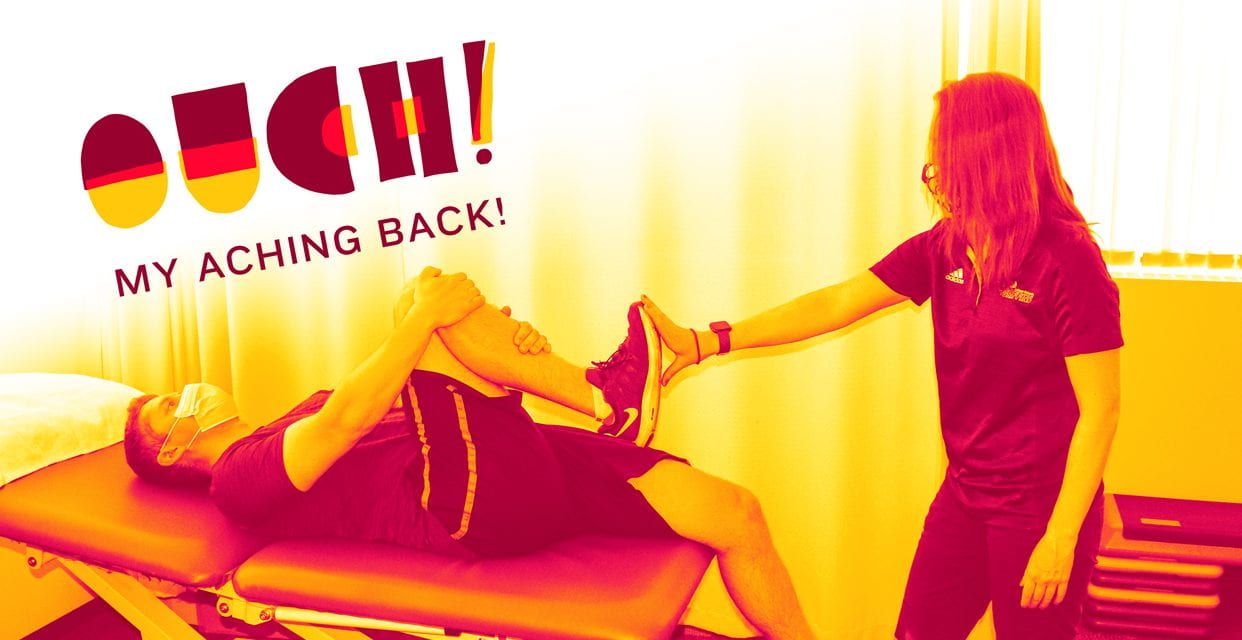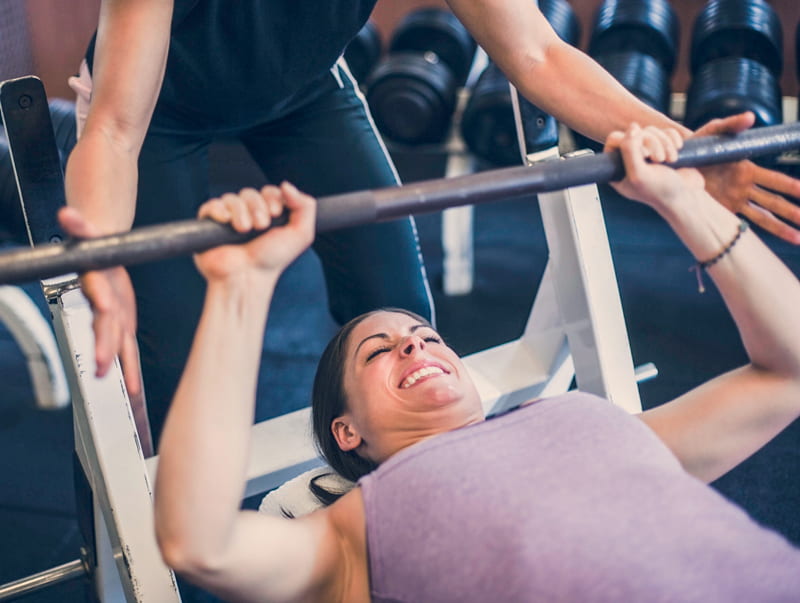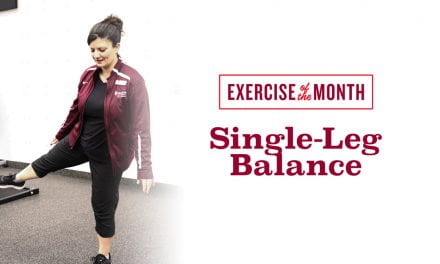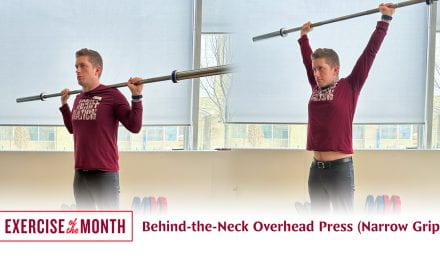Is low back pain something you have or are experiencing? According to the Canadian Chiropractic Association, about 85% of working people will experience it in their lifetime. In other words, there’s a good chance that if you’re reading this, you or someone you know has low back pain. But what is low back pain, can it be prevented, and can you get rid of it?
The answer to our first question is simple on the surface but inherently complex after that. Low back pain is a general term that usually chronic pain occurring around/near the spine in the lumbar and sacral regions. However, even though people experience similar symptoms of low back pain, many different structures in this region can be dysfunctional and cause low back pain. The tissue in disfunction (muscle, joint, etc.) will impact the course of treatment, but like pain, most therapists will include some common elements to low back treatment plans.
If you don’t have any low back pain now and haven’t had any before, you don’t want it. Although some genetic, work and lifestyle factors might predispose you to a higher risk of low back dysfunction, there are things you can you to decrease your chances of low back pain.
- Ergonomics: Ever heard of lifting with your legs? This is sage advice. There are many things we do every day that can put a strain on our backs. Instead of just bending down to pick that thing off the floor, think about actually squatting or hinging at the hip just like you would at the gym, even if it’s only your son’s shoes that you’ve asked him not to leave in the middle of the hall a hundred times. Your time at work matters too. Many employers will cover an ergonomist to come into your workplace to assess and adjust your workstation equipment to fit your body. If this service is available to you, it could be well worth it in the long run, even at a small cost.
- Be active: Many Canadians live increasingly sedentary lives as more jobs become technologically based. We sit in front of a screen or behind a steering wheel more than any other activity in the day. Your body is made to move, and if you spend a lot of time moving, your body will be very good at it. But if you spend a lot of time sitting (or slouching), you will train your body for sitting, making bringing in the groceries seem like much more work than it should be. Check out Canada’s Physical Activity Guide to see if you’re getting the recommended amount.
Maybe you’ve already got low back pain, and you aren’t at the point where you can meet the recommended activity guidelines in the previously mentioned guide. You want to know, can I get rid of my low back pain? The answer is yes! Here are some tips that can help you out right now.
- Learn the Emergency Back Position: If you have what many refer to as a “back attack”, a quick onset muscle spasm that usually results in a stabbing pain, or if you have a constant ache and need some relief, spending some time in the Emergency Back Position can help you in the moment. The position is simple, lie on a flat surface on your back with your hips and knees bent to approximately 90º, supported by an object. For example, you can lie on the floor with your lower legs on a chair or sofa seat or lying in bed with your legs supported by large pillows. This position will relieve acute tension and pain.
- Stretch your hips: The source of many people’s low back pain stems from poor hip mobility. Stretching the muscles that connect to your pelvis can decrease low back pain symptoms. Your physical therapist can help you identify which muscles are of particular concern to your symptoms and teach you the proper form to stretch, as well as exercises to strengthen the weaker or antagonistic muscles. Stretches should be held for 30 seconds per muscle and should not cause more than a 2/10 on the pain scale. Stretching in the morning and night is often recommended.
Each person needs a personalized treatment plan. The best person to help you with that is an expert in musculoskeletal injuries, such as a Certified Athletic Therapist. Having a plan with goals and an expert to guide you through your rehab can get you back to doing the things you love sooner. It is a better long-term solution than taking that pain medication every day for the rest of your life like some commercials might lead you to think is alright. Remember that your actions determine your health, and only you can put in the work needed to make a difference in your life. Don’t just sit there. Get moving!
The Athletic Therapy at MacEwan is located in the Christenson Family Centre for Sport and Wellness, 8-125. Call 780-497-5492 or email athletictherapy@macewan.ca to book an initial assessment. Visit www.MacEwan.ca/AthleticTherapy for more information.
By Paul Trevor CAT(C)
After completing an Honours BSc. in Biology with a minor in Geography from Trent University, Paul graduated from the Honours BAHS in Athletic Therapy program at Sheridan College in 2018. His time at Sheridan included an internship with the Raptors 905, an NBA G League team. Paul is now a Certified Athletic Therapist working with the Varsity Hockey program at MacEwan University for the past three seasons. In his spare time, Paul enjoys snowboarding, camping, and cycling.





